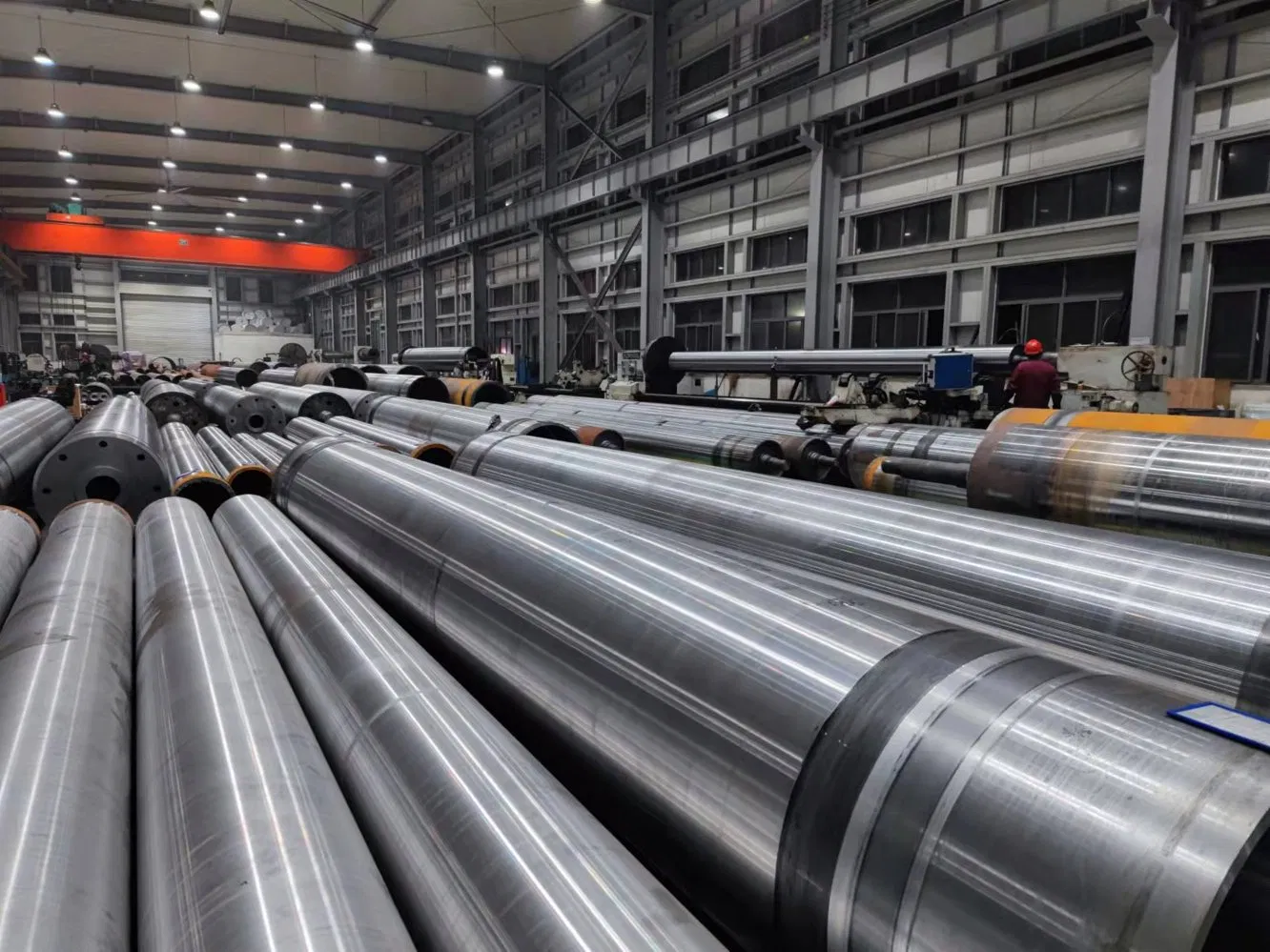Identifying the Culprit: Common Causes of Marking and Streaking
One of the most frequent culprits is contaminated rollers. Dust, debris, dried ink, or adhesive residue can accumulate on the roller surface, transferring unwanted markings onto the sheet. Similarly, damaged rollers, such as those with nicks, cuts, or uneven wear, can create consistent patterns of streaks or marks.Another potential source of trouble lies in the material itself. Incompatibilities between the roller material and the sheet material can lead to chemical reactions or physical interactions that manifest as streaks or discoloration. Consider the example of a rubber roller reacting with a specific type of coating on the sheet.
Web tension also plays a critical role. Inconsistent or excessive tension can cause the sheet to wrinkle, slip, or rub against rollers, resulting in unwanted marks. Think of it like pulling a fabric too tight – it can distort the material and create unwanted creases. Have you ever noticed how wrinkles in a shirt can sometimes leave permanent marks after ironing? Similar principles apply here.
Effective Troubleshooting Techniques: A Step-by-Step Approach
Start by thoroughly inspecting all rollers for visible signs of damage or contamination. Clean the rollers regularly using appropriate cleaning agents and techniques recommended by the roller manufacturer. This often involves using a solvent and lint-free cloth.Next, evaluate the compatibility of the roller material with the sheet material. Consult with material suppliers to ensure compatibility and consider testing alternative roller materials if necessary. This proactive approach can prevent costly production issues down the line.
Optimizing web tension is equally important. Ensure proper tension control throughout the entire process, from unwinding to rewinding. Monitor tension levels regularly and adjust as needed to maintain a consistent and appropriate tension.
Advanced Troubleshooting for Persistent Issues
If basic troubleshooting steps don't resolve the problem, consider more advanced techniques. Analyze the pattern of the marking or streaking to pinpoint its origin within the roll handling system. Is the pattern consistent across the entire width of the sheet, or is it localized? This can help you narrow down the potential causes.Examine the entire web path, paying close attention to areas where the sheet contacts rollers or other components. Look for potential points of friction or interference. Sometimes, a simple adjustment in the web path can make a world of difference.
Consider environmental factors such as temperature and humidity. These factors can influence material properties and web tension, contributing to marking and streaking.
Preventing Future Occurrences: Proactive Measures
Implementing preventative maintenance is key to minimizing roll-related sheet marking and streaking. Establish a regular cleaning schedule for all rollers and other contact components. This preventative measure can significantly reduce the risk of contamination-related defects.Proper storage of rollers and materials is crucial. Store rollers in a clean, dry environment to prevent damage and contamination. Similarly, store sheet materials in a controlled environment to maintain their properties and prevent issues related to moisture or temperature fluctuations.



